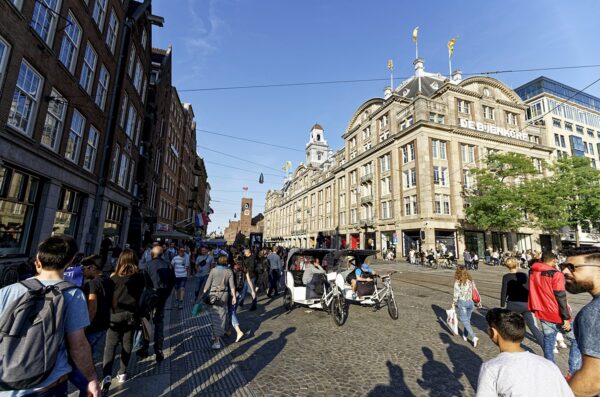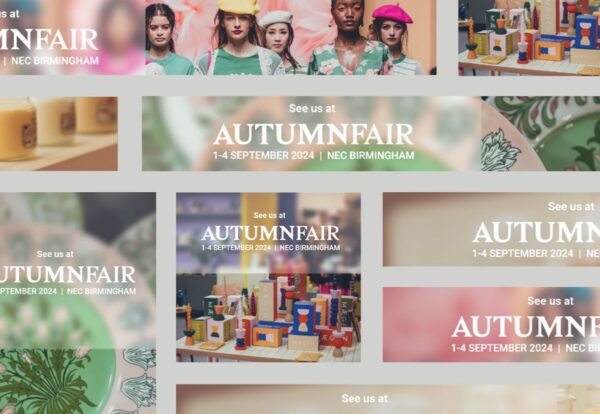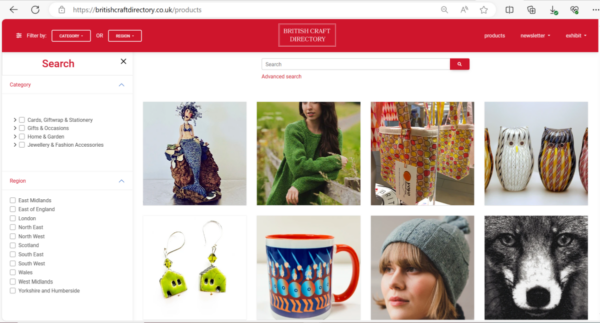America’s National Retail Federation (NRF) has detailed the themes and trends it believes will impact retail in the year ahead. This time last year they predicted tumultuous change in retail supply chains, a voracious appetite for resale, recycling, upcycling and “blurred lines” in retail as companies worked to develop innovative ways to servicing and supporting the customer journey.
The biggest takeaway from 2020 is this: “Consumers have embraced online shopping and retailers have responded with the swift rollout of new technologies, new apps and new ways of meeting shoppers’ needs. The words “contactless” and “frictionless” have quickly become part of the vernacular and companies that have managed to break the mold and adapt are winning”.
The last nine months have produced more digital transformation than the last decade as the entire retail industry was forced to adapt to social distancing requirements. What started out as quick fixes have now become habits: Online shopping, touch-free payments, click n collect, social shopping and enabling apps are all now embedded.
In a nutshell, the NRF zeitgeist predictions for 2021 are: social commerce; direct-to-consumer brands; multichannel; supply chain transformation and reverse logistics; livestreaming; robots in retail; evolution of shopping malls; touch-free technology; on-demand manufacturing and optimising data without breaking data protection rules.
First of all the macro drivers: A change of president and political party in the White House; The Matrix 4 in cinemas; Olympic Games in Tokyo (Covid permitting) and steadily climbing sales of CBD products. We can also expect the long-tail impact of the COVID-19 pandemic to be felt in the retail industry for months to come.

If asked to identify the indisputable breakout trend for 2021 it would be social commerce. The idea of retailers and brands creating shopping experiences via social media has certainly taken off. Technavio recently reported that the social commerce market is poised to grow by $2,051 billion during 2020-2024, progressing at a compound annual growth rate of almost 31 percent. Facebook, Instagram, Twitch, TikTok, Pinterest and Spotify are leading the charge.
We can also expect to see direct-to-consumer brands flexing partnership muscles and exploring models to differentiate from the pack”, generating “disruptive growth and profitability”.
It appears the future is also multichannel “as brands such as Everlane and Birdies link up with Nordstrom, Headspace partners with Spotify, and wellness company Alo and beauty brand Tatcha team up in Animal Crossing. New entrants are CUUP, Prose and JUDY.
On the supply side, the NRF notes that: Supply chain’s transformation has been accelerated by the pandemic, leveraged by 5G and underpinned by substantial investments in digital solutions. The pandemic spawned a series of recalibrations throughout the global supply chain as retailers and manufacturers reexamined every step from procurement to sourcing and from reduced lead times to improved speed, resiliency and responsiveness. And those shifts will be ongoing over the next 12 to 18 months. Along with increased investments in all things related to logistics, expect more experimentation, particularly in dark stores, ghost kitchens, micro-fulfilment centres and malls masquerading as distribution centres.
Spending on global reverse logistics technologies will spike in 2021 — forecast last year to hit $604 billion by 2025 — as retailers seek to alleviate a major pain point in the shopping journey and minimize the costs of returns. The quest to build a more sustainable supply chain lost some steam in 2020, but the vision for a more sustainable future and a reduced carbon footprint remains a key objective.
Livestreaming will take centre stage in 2021. The Interactive Advertising Bureau recently reported that livestream-generated sales are expected to double to $120 billion worldwide in 2021.
2020 was supposed to be a breakout year for robots in retail, perhaps even more so given the “hands-off” mindset that coloured the past year. That wasn’t the case, but 2021 might just be the year we move a step closer to widespread driverless cars and delivery drones.

Evolution is the word for shopping malls, which bore the brunt of 2020’s retail crisis. Shoppers will return after the pandemic, but malls need to be reimagined from multi-level boxes anchored by department stores to more enticing, smaller environments in sync with consumers’ needs.
Operators are being called upon to convert empty commercial space into mini-fulfilment centres for their retail tenants. Distressed malls are also a target for companies such as Amazon and FedEx, which are eying the empty spaces for micro-fulfilment. But flipping the model will require the properties to be rezoned and the shift from commercial to industrial is likely to be met with pushback from local residents.
Touch-free technology will become mainstream. Technologies that have been dancing on the edge of more widespread acceptance for the last few years — are poised for growth.
Following on from customisation and personalisation is on-demand manufacturing, which lets brands respond quickly to fickle and changeable customer demand whilst keeping minimal amounts of stock on hand. Print-on-demand publishing has been leading the way; it’s a method that improves sustainability and moves us closer to the goal of zero waste.
Looking for ways to monetise customer data in a truly omnichannel ecosystem is the retail challenge for 2021.
As economies change and incomes become less stable, the old-fashioned model of paying for items in full is fading as shoppers embrace pay-over-time models and subscriptions.
Rental companies such as Feather and Fernish are giving consumers the chance to rent a room of furniture and pay for it monthly. Then there’s the rent-buy model, which allows aspirational shoppers to rent designer pieces for a fraction of the full price and buy at a reduced cost. Trade-ins are becoming a thing, too. Retailers must think of creative ways to extend payment options, because the 2021 shopper demands it.
As retailers seek the next holy grail of targeting, look for those who have giant databases and/or partnerships to win.
















